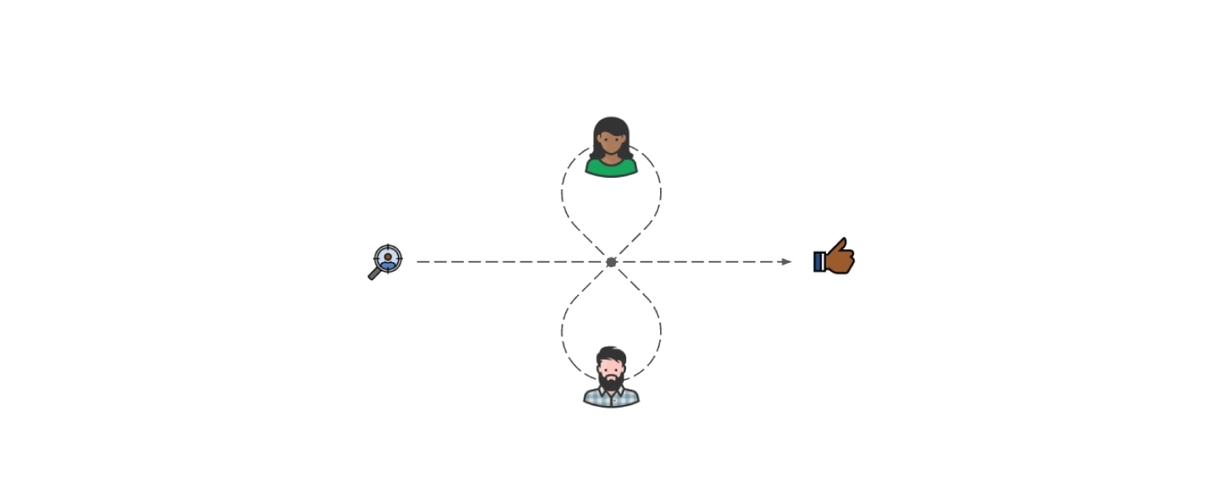
Inside the User Science team at UserTesting: Why Data Science and Research teams are better together

Recently, I gave a talk at ProductTank San Francisco to share some insight on something we feel strongly about at UserTesting: incorporating qualitative and quantitative insights into everything we do. Specifically, I wanted to share how the creation of our Data Science team, a group of UX researchers and data scientists, does just that.
Everyone’s a little right—and a little wrong
There’s an old parable about six blind men experiencing an elephant for the first time. Each inspects a different part of the elephant the only way they can, by touch, and naturally, each has a different conclusion to report. They’re all a little right and a little wrong.

That’s exactly what we wanted to avoid at UserTesting. On the research and data science front, when we’re not looking at the big picture we may be limiting our perspectives to our own specialized view of things and may not see the elephant in the room. We knew the only way to bridge that gap is to take a holistic approach to the problem we’re trying to solve, and that’s how our Data Science team was conceived.
The Data Science team goals
As we got the team off the ground we wanted to be sure our goals were clear so we outlined three key questions we wanted the team to address:
- How do we make sure that we’re solving problems worth solving?
- How can we understand if the things we build are having the impact we’d hoped for?
- How can we scale what the Data Science team does across the organization, essentially making it self-service and cost-effective for everyone?
Bridging the gap between data science and UX research
Many organizations, if they have both data science and UX research teams, will keep them at opposite ends of the company, rarely interacting. We already knew the problems that could cause so we tried something a little different and combined the two teams––which consists of UX researchers, data scientists, and data engineers––to see if we could more effectively get to the big picture faster, and ultimately create better products for our customers. We wanted to distill our findings down to a unified point of view and find out each unique skill each team member brought to the table.
I share a great example of the value of this partnership in my ProductTank talk, which you can watch in full below, or skip ahead to 11:10 for the example:
Because we literally have our UX researchers and data scientists sit next to each other, we’re uncovering insights that might have taken weeks or months of back and forth to realize––if ever at all.
Get everyone in the same room
When this group started out it was more of an experiment than anything else. Now, about a year later, the team is starting to grow and we’re seeing more and more value from combining the forces of these two disciplines.
My advice to other teams out there is to just start by getting everyone into the same room to tackle a challenge together. It won’t take long before they’ll see the value in the different perspectives each discipline provides, with each raising questions the other didn’t anticipate.
Want to learn more?
If you’d like to learn more about how UserTesting can help Product teams, check out Product Insight, or contact us at support@usertesting.com to learn more.





